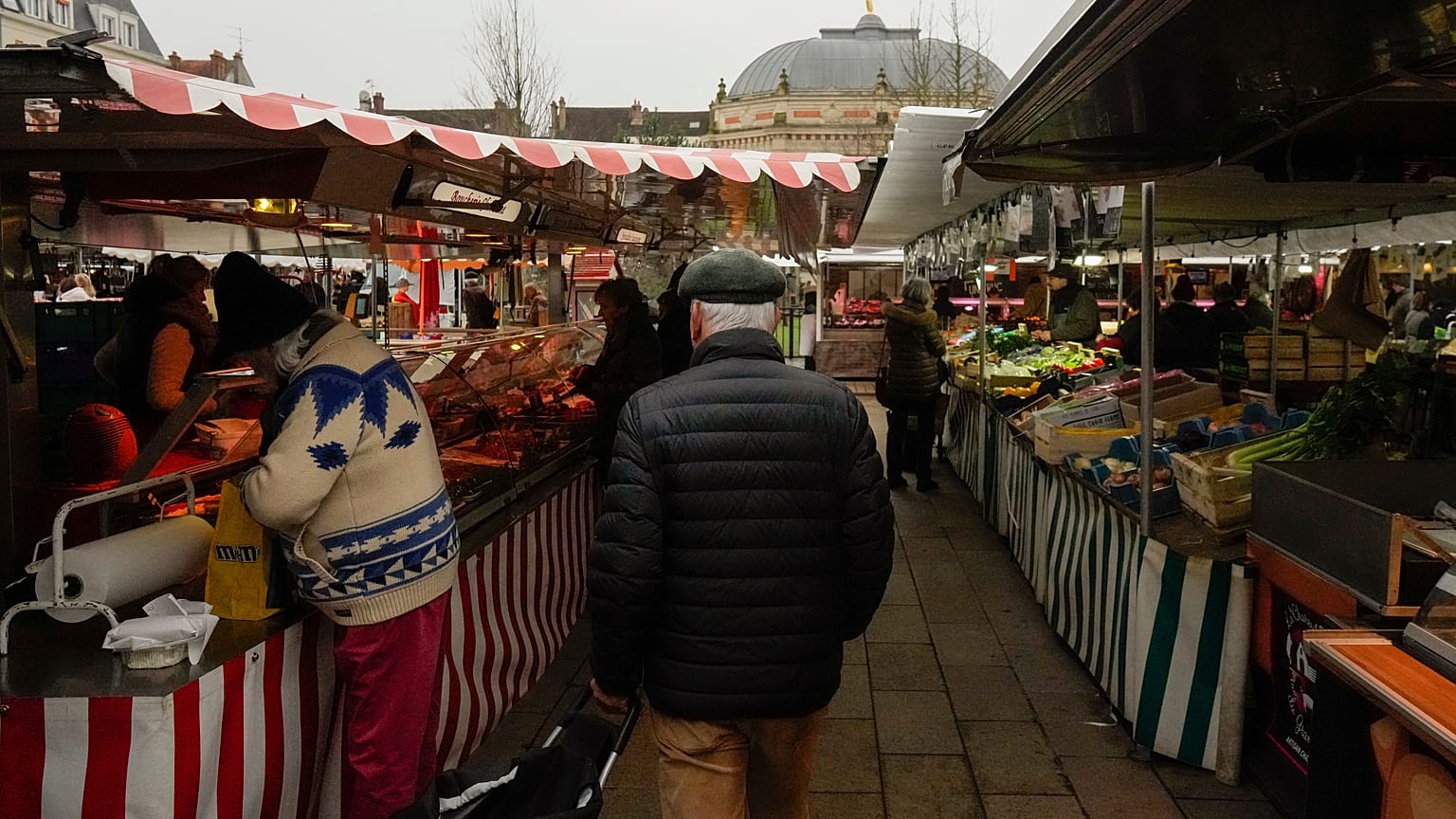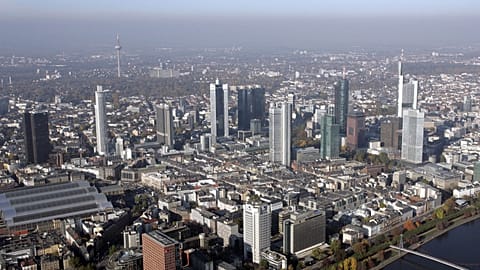Consumer demand has slumped following two months of improved retail growth, suggesting Europeans are still feeling the cost of living pinch.
The volume of eurozone retail sales fell by 1.1% in the month to December, Eurostat figures have revealed.
Following November's reading of 0.3% growth, the recent figures mark a disappointing fall into negative territory.
Compared with the same period in 2022, the reading from the end of last year was down 0.8%, and the average for the whole of 2023 was down 1.8% on the previous year.
Following a sharp drop in consumption at the start of the Covid-19 pandemic, retail sales rebounded later in 2020.
Since then, variations have been less dramatic, and December's reading represents the most significant monthly change seen since the same period a year earlier which was, again, down 1.1%.
Despite this area-wide trend, national results have recorded slightly different patterns.
In December 2023, large monthly decreases in the total retail trade volume were registered in Slovenia (-3.6%), and Luxembourg (-3.1%).
High increases were observed in Slovakia (+2.0%), Croatia (+1.4%), and Portugal (+0.7%).
To look at variations by retail sector, the volume of eurozone trade decreased by 6.2% for automotive fuels and by 1.% for food, drinks and tobacco, while it grew by 0.1% for non-food products.
Cost of living crisis isn't over
The most recent results arrive against a backdrop of cooling but persistent inflationary pressures.
While price rises are easing in France and Germany, the eurozone's two biggest economies, the picture for the rest of the area is a little more complex.
According to data released last week, inflation for the whole euro area slowed to 2.8% in January, but core inflation came in higher than experts had predicted.
This core figure, which strips out volatile energy and food prices, slowed from 3.4% in December to 3.3% in January.
This means that prices rose at a slower rate than during the prior month, but not as slowly as economists had forecast, contributing to the scaleback in consumer demand.


















